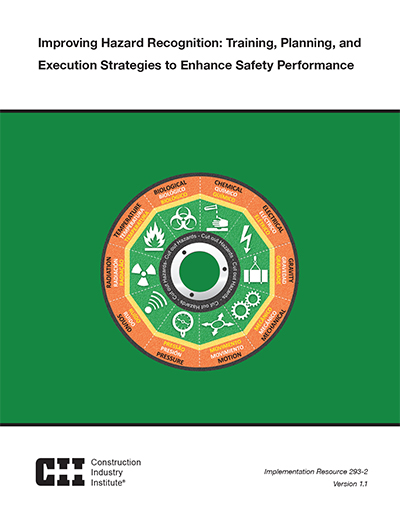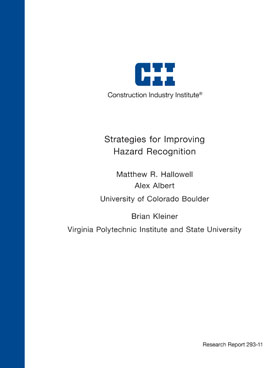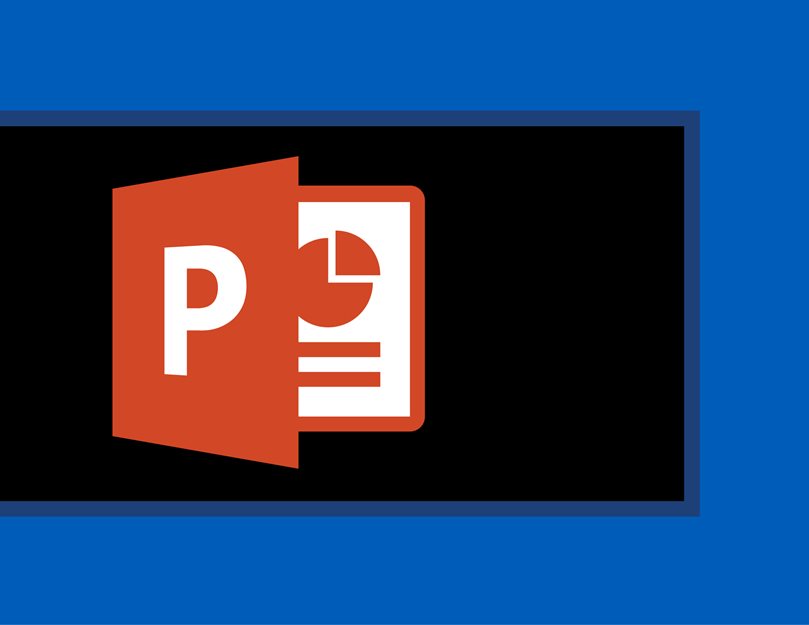
Improving Hazard Recognition: Training, Planning, and Execution Strategies to Enhance Safety Performance
CII Research Team (RT) 293 produced this guide to help industry practitioners implement three new strategies that effectively and efficiently increase hazard recognition skills among workers and field-level supervisors. The overall goal of the RT 293 research was to explore cutting-edge strategies in construction and other industries that may increase the proportion of hazards that workers recognize on the job. The research team drew upon its literature review and team member expertise to identify three strategies that are both new to construction and have high potential for step-change improvement: 1) the System for Augmented Virtuality Environment Safety (SAVES), a training strategy that uses game theory and augmented reality to simulate hazardous construction scenarios in a risk-free environment; 2) the pre-job Safety Meeting Quality Metric (SMQM), a planning strategy that involves using a maturity model to evaluate pre-job safety meetings; and 3) the Hazard Identification and Transmission (HIT) Board, a work execution strategy that involves visual communication and transmission of hazards on a display board. RT 293 used its collective expertise to adapt and build these strategies for actual implementation on construction projects. After the development process was complete, the research team assessed the effectiveness of these strategies through 18 experiments, through which each strategy was field tested with six crews on two independent projects.
The results of this testing clearly show substantial and consistent improvement in performance. The details of the experimental techniques used to obtain these values are described in detail in Research Summary 293-1, Strategies for Improving Hazard Recognition, and Research Report 293-11, Strategies for Improving Hazard Recognition. Readers are encouraged to refer to these publications, since they not only provide clear justification for the improvements observed, but also provide the most comprehensive and rigorous protocol for experimental field testing on The focus of this guide is to provide a detailed description of each strategy, with recommendations for implementation. Specifically, this implementation resource presents the following considerations and guidance for each of the three strategies:
- vision and purpose
- business case
- instructions for use
- specific safety prerequisites
- management support requirements
- training requirements
- process integration recommendations
- metrics used for monitoring
- limitations.
Although the team developed the three strategies independently of one another, they are based on the same underlying principles and require a foundation of a strong safety culture for implementation.construction sites to date. Such information may be of use to organizations that wish to empirically and experimentally test new tools and techniques.
IR293-2, Improving Hazard Recognition: Training, Planning, and Execution Strategies to Enhance Safety Performance
This resource introduces the 3 hazard recognition strategies provided by the research to improve performance of hazard recognition and includes several tools:- Pre-Job Safety Meeting Quality Measurement (SMQM) Tool
- SMQM Pocket Card (Pre-Job Meeting Improvement Tool)
- SMQM Poster (Pre-Job Meeting Improvement Tool)
- Hazard Identification and Transmission (HIT) Board
- System for Augmented Virtuality Environmental Safety (SAVES)
- Energy Disc Slides


